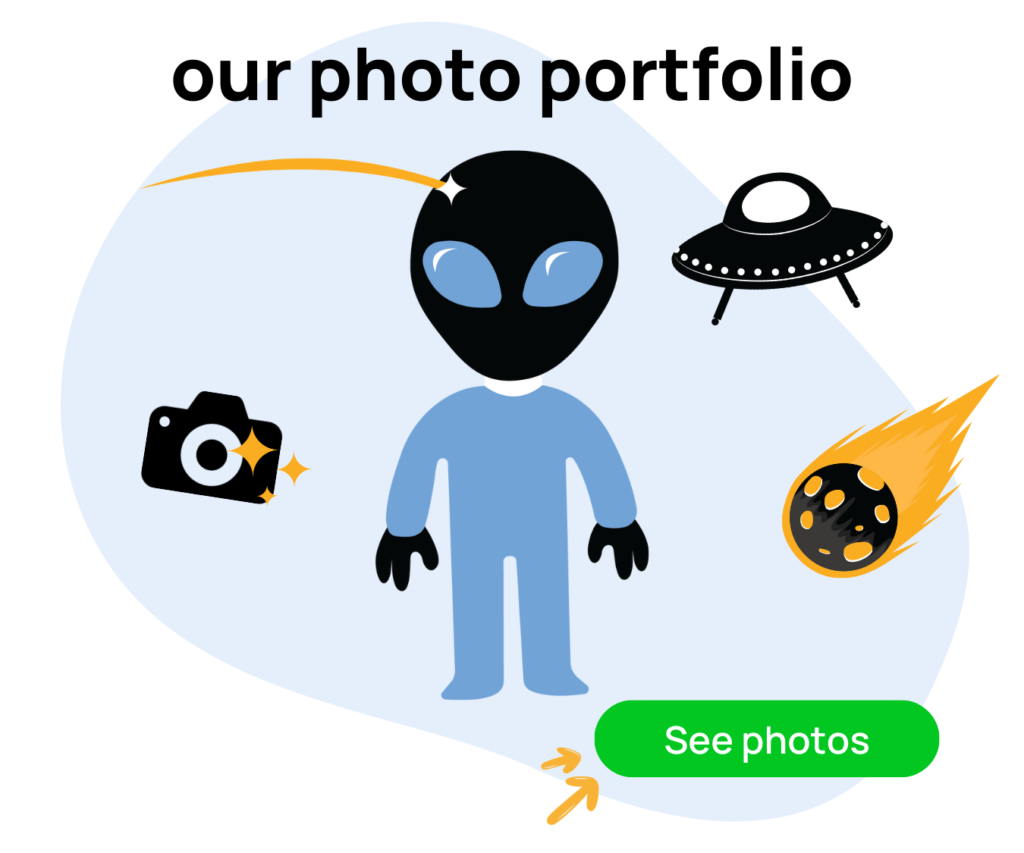Getting more customers to convert to your website is crucial, but it’s easy to overlook the most important ingredient – the customers themselves. Too often, website owners get caught up in technical optimizations and aesthetics while losing sight of who actually uses their site. In this blog, we will explore why focusing on your customers needs to be central to any conversion rate optimization (CRO) strategy and how this approach can take your business to the next level.
Rather than solely relying on analytics and assumptions, truly customer-centric CRO puts people first. By understanding customer journeys, motivations, and pain points through research, you can gain insight to directly inform optimization decisions. So let’s start this journey into the power of customer-centric conversion rate optimization.
Craft A Customer-Centric Conversion Rate Optimization Strategy

A successful conversion rate optimization (CRO) strategy puts the customer front and center rather than solely chasing metrics. Here are 10 ways to craft a customer-centric CRO strategy:
1. Conduct In-Depth Buyer Research
Truly knowing your audience transcends basic demographic profiles. Thoroughly research further context around their deeper motivations, values, unmet needs and aspirations. Conduct buyer persona discovery by analyzing behavioral data, transactions, and product usage to reveal priorities. Reach out for direct qualitative insights through customer interviews, surveys and focus groups. Map out their journey to uncover pain points. Resist assumptions or stereotypes.
2. Tailor Content Around Key Buyer Needs
Use buyer personas to deeply inform content strategy and messaging. Address their distinct pain points through tailored educational content that speaks directly to their priorities. Shape value propositions around what matters most to different customer segments. When customers feel genuinely seen and understood rather than marketed to, they convert. Lead with relevance over promotion. Ensure content answers “What matters to me?” rather than “What matters to you?”.
3. Obsess Over Seamless User Experience
Evaluating the entire customer journey on your site highlights friction points like confusing navigation, overly long forms, or too many checkout steps. Streamlining and simplifying to eliminate these pain points is key. Seek the customer perspective through usability testing, feedback buttons, session recordings, and support tickets. Identify every obstacle users face, no matter how small it is. Smoothing out barriers and clarifying confusion ultimately enables more users to convert and complete desired actions with ease.
4. Establish Value Beyond Pricing
Rather than lead with discounts that erode margins, focus on conveying the meaningful value customers gain through your products and services. For example, connect how veterans and their families deeply appreciate strengthening their bonds during deployment. Quantifying and articulating emotional, social and functional value in relatable human terms distinguishes you and supports pricing integrity. When customers clearly see how you enrich their lives, they will willingly invest in that premium offering.
5. Flaunt Social Proof
With billions of options vying for their attention, concrete proof that your business delivers meaningful results is key to building visitor trust and credibility during evaluation. Sprinkle in verbatim testimonials, prominent ratings and reviews, and named case studies to provide that critical social proof. This reassures visitors that your past customers enjoy positive, impactful experiences using your offerings. Social proof builds initial trust, but conveying true empathy and relevance is what compels visitors to choose you above the competition.
6. Mobile Optimization Is Required
Catering to ever-increasing mobile usage, especially prominent in younger demographics, requires a fully responsive, intuitive mobile site design rather than frustrating pinching and scrolling. Testing mobile usability identifies adoption barriers like tiny tap targets for improved conversions. Mobile apps can also provide app-specific personalization.
7. Continuously Test and Iterate
Static websites eventually decline in relevance as user interests evolve. Regularly A/B test variations of pages – like rearranged navigation, new headlines, shorter forms, different images, more visible calls-to-action and impactful social proof – to retain high engagement. Let performance data guide iterations moving forward. Treat your website as a continually optimized digital experience rather than a one-time project. As customer needs change, continually test and iterate site experience to drive engagement, conversion and growth.
8. Actively Listen and Engage
Monitoring online reviews and social conversations provides invaluable clues for improvement and opportunities to delight customers. Actively seek qualitative insights through surveys and feedback forms to learn what your audience cares about most. Then respond promptly to questions and concerns with human compassion. When customers feel deeply heard and understood, that care translates into unwavering trust in and loyalty towards your brand.
9. Leverage Data for Insights
Analytics offer valuable insights into potential issues, such as high bounce rates on key pages, confusing navigation paths, and low email click-through rates. However, the root causes behind these metrics are not always straightforward. It is important to balance analytics with qualitative customer feedback to gain a holistic perspective. Seek to understand the human behaviors driving the data before developing solutions. Allow both quantitative analytics and qualitative customer perspectives to guide investment into targeted fixes that will have the greatest business impact.
10. Commit to Continuous Evolution
Customer-centricity is not a one-time project but an ongoing business strategy. As your company grows and expands into new segments, continually reassess whether the evolving needs of emerging audiences are being met. Apply the same rigor of continuous research, testing and optimization over months and years to drive long-term results. Resist the temptation to check the box on customer understanding. Commit to constantly uncovering flashpoints as new pain points are introduced or priorities shift. Rather than periodic check-ins, ingrain listening, synthesizing signals and responding into company culture.
Prioritize Your Customers, Reap the Rewards
A customer-centric approach fuels connection by showing users their unique needs are heard and understood. When customers feel seen, they reward brands with engagement, advocacy, and conversions. This human-centered mindset is far more than a buzzword – it’s a long-term business growth strategy.
Rather than getting lost in technical details, putting people first at every step builds loyalty even in moments when visitors don’t convert. Small delights like perfectly timed chat pop-ups or post-purchase thank you videos demonstrate customer-centricity too. When your audience senses that extra care, an emotional bond emerges that keeps them coming back until they are ready to buy. By fixating less on short-term metrics and more on relationships, you reap dividends over the customer’s lifetime.
Thank you for reading this blog and feel free to leave any questions you have in the comments section. If you need more help scaling your Amazon business, don’t hesitate to reach out to us at Evolve Media Agency. We’re here to help you boost your conversion rates and ramp up your Amazon sales. Check out our pricing portfolio and get a free listing audit by visiting emaamz.com. Also, remember to grab your free Amazon listing checklist at AMZchecklist.com our team is here to help. Stay tuned for the next blog!





